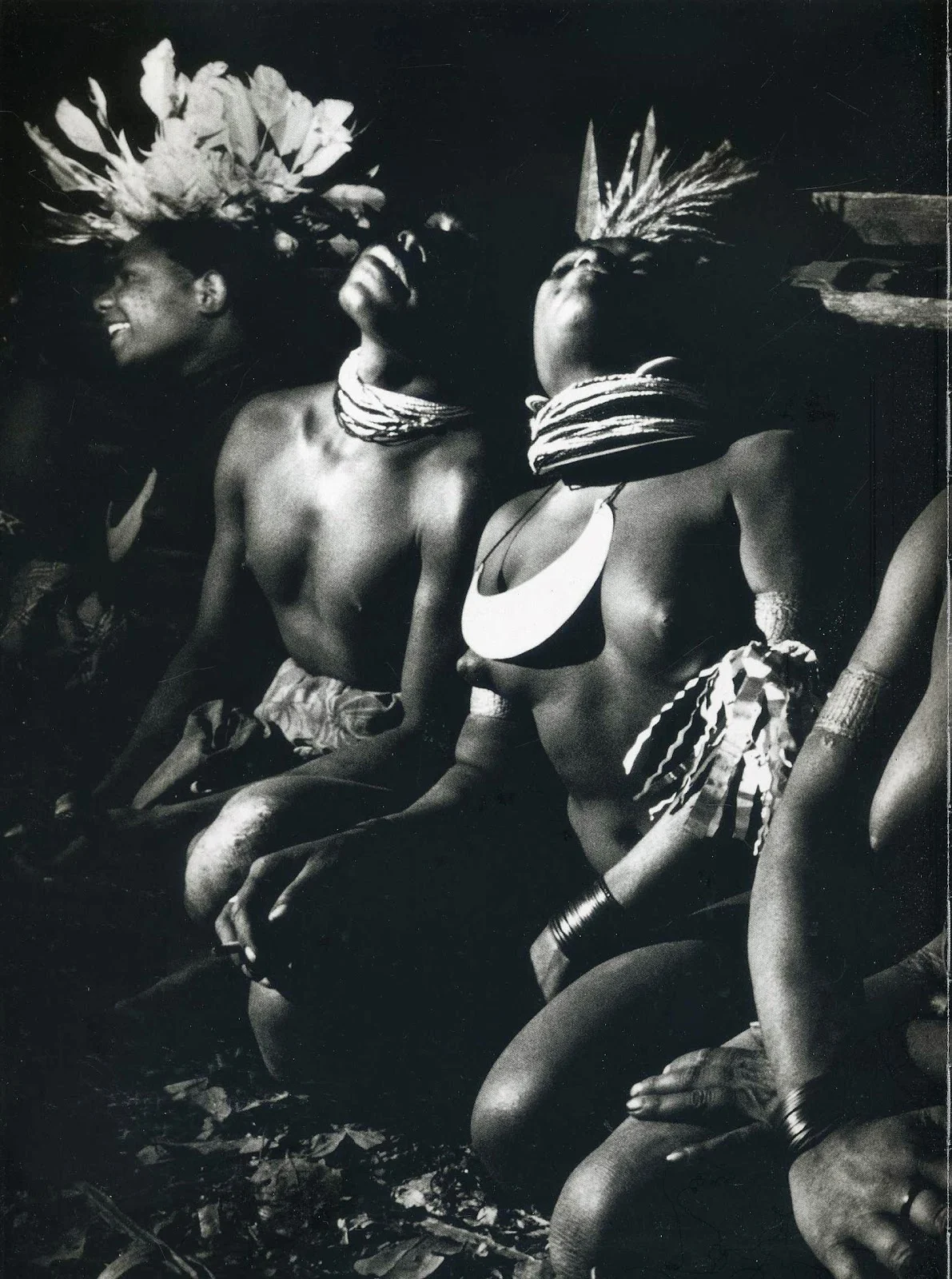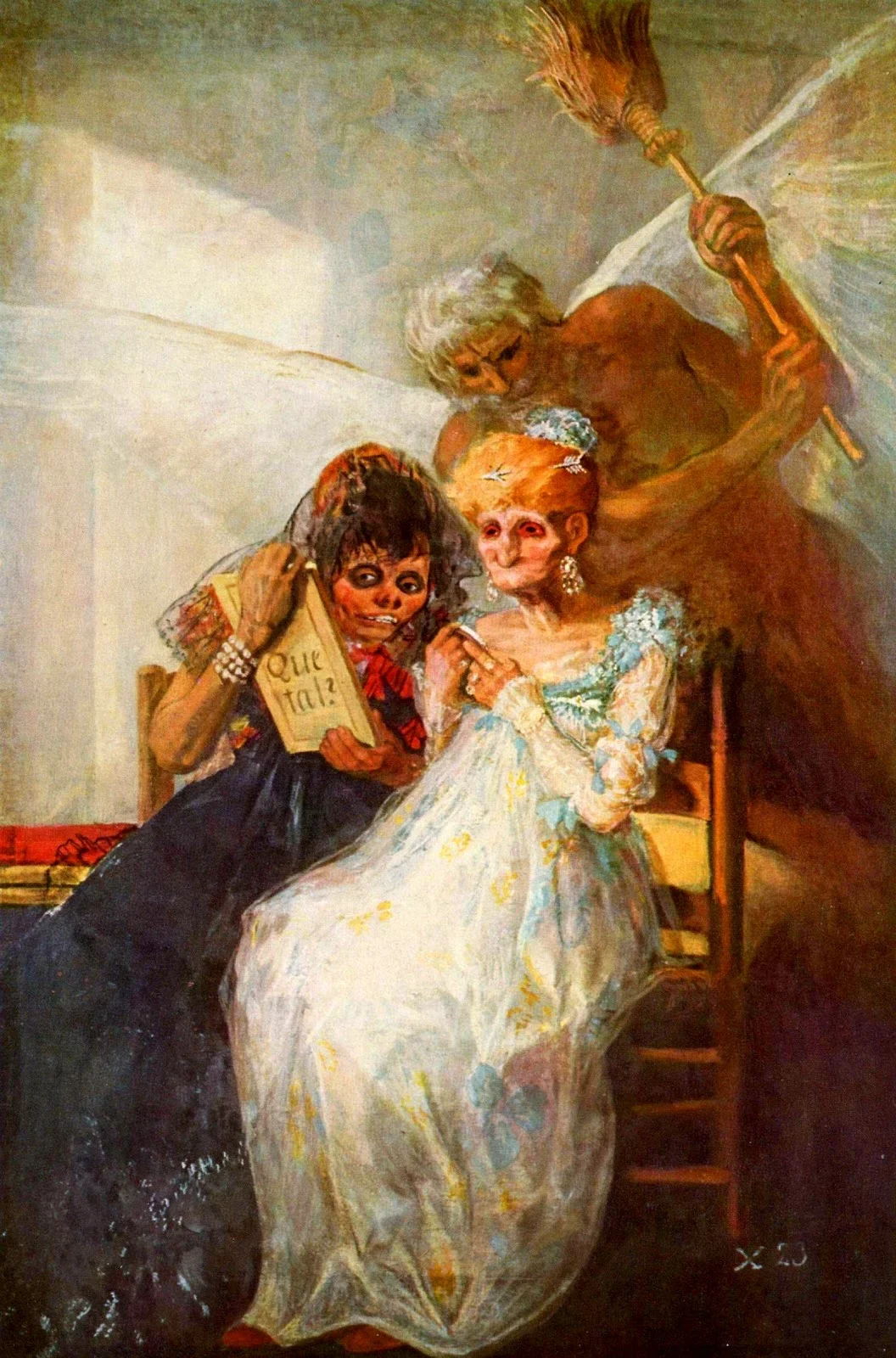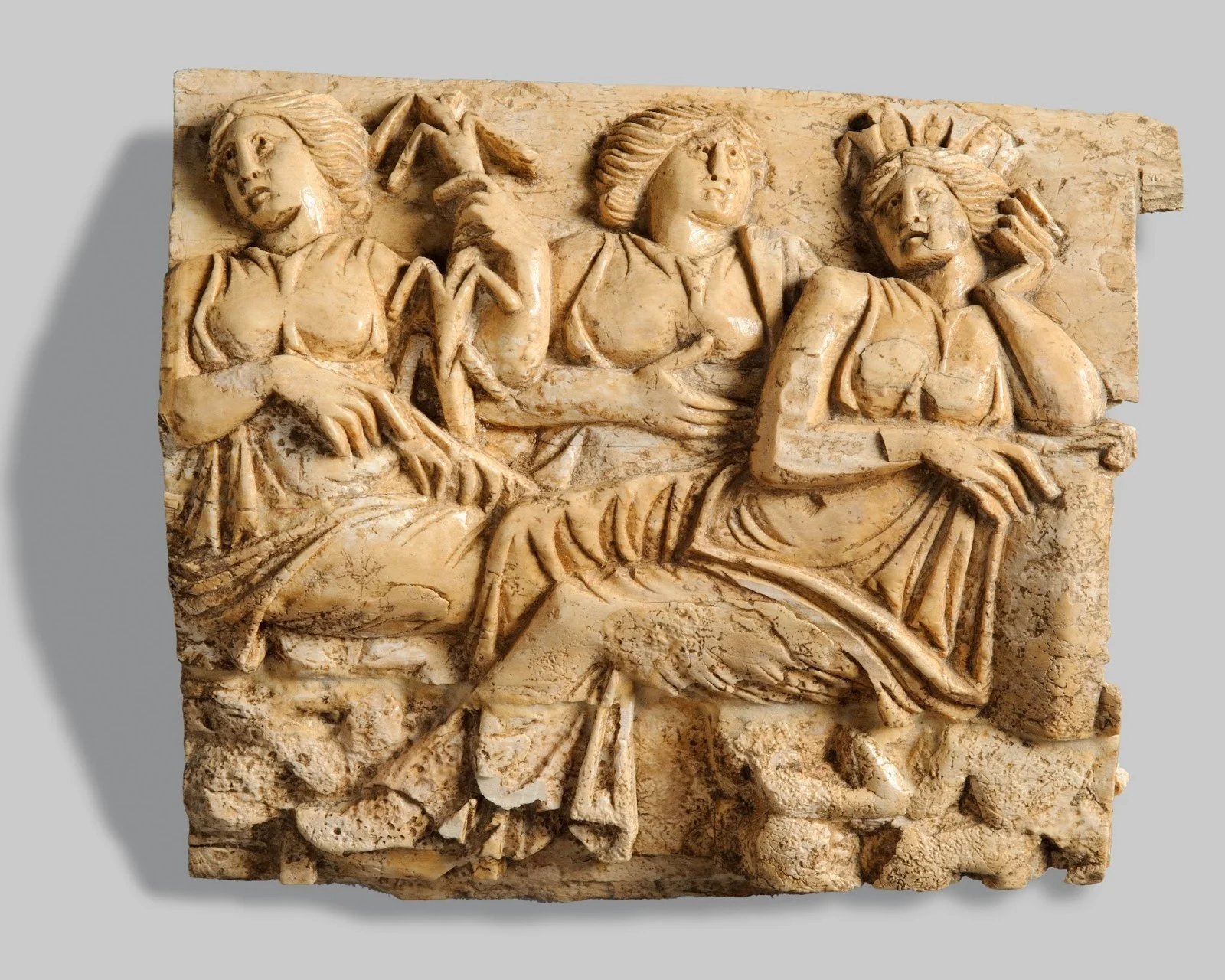Every so often, a
series of photographs changes the way we look at the world. When Collier Books
published Philip Jones Griffiths' Vietnam Inc. in 1971, the book was a
revelation and, for Jones Griffiths, a labour of both love and revenge.
Philip Jones
Griffiths was born in 1936 in the Welsh village of Rhuddlan near Rhyl in
Flintshire. Growing up during a time when the great picture magazines – Life,
Illustrated and Picture Post – were producing powerful picture stories, he
became fascinated by photo-reportage and its ability to open a window on the
world. He taught himself photography and before long was photographing weddings
in his home town.
For the group of
photographers who congregated around Jones Griffiths in the early 1960s, the
London scene was an exciting one. At the Institute for Contemporary Arts there
was considerable interest in the new documentary photography, and a recent
touring Cartier Bresson exhibition caused much interest, as had the large-scale
"Family of Man" show at the Royal Festival Hall.
Photographers were
central characters on the post-war arts and media scene – John Deakin was active
as a portraitist in Soho, Roger Mayne was establishing himself as London's
foremost social documentarist and most of the Picture Post photographers were
still working. David Bailey and Terence Donovan would soon become not just
successful fashion photographers, but media celebrities, as they brought a new
street style into fashion magazines. Men's magazines such as Queen employed the
new photographers and gave their pictures space and dignity. In 1964, The
Observer launched its own colour supplement, and Jones Griffiths, already on
staff, became a central photographer.
Documentary
photography was very much the vogue, and from the late 1950s, Jones Griffiths
was travelling around Britain to record a country still in a state of post-war
dereliction.
The new weekend
supplements, plus the older US magazines such as Life, gave photojournalists
ample opportunities to document the war zones. Don McCullin's story, for The
Sunday Times, on the famine in Biafra has become the stuff of journalistic
legend, and in Vietnam, Philip Jones Griffiths consolidated his reputation as
an incisive and committed photojournalist.
Jones Griffiths had
always been an acute social critic, and gravitated to the left. Like many of
the younger photographers in Vietnam, he questioned the U S presence in
South-east Asia, and took the military media managers by surprise. Those who
had expected the journalistic contingent to be "on side" were
horrified by the critical reports and revealing photo stories that began to
appear in mainstream publications across the world and were unable to control
the output of energetic reporters who, as the war continued, arrived in Saigon
by the score.
The most powerful
written memories of the war in Vietnam came from Michael Herr in his reports
for Rolling Stone magazine, but the most acute photographic statement was
undoubtedly made by Jones Griffiths, who spent three years reporting from the
country. He was passionate about the plight of the Vietnamese and as well as
making photographs he also compiled data about the depredations of the
Vietnamese economy. His book Vietnam Inc. (reportedly funded by the proceeds of
a set of photographs of Jackie Kennedy holidaying in Cambodia) was an instant
success. As well as taking the photographs, Jones Griffiths had written the
detailed and acerbic text, a series of extended picture captions, which
powerfully expressed the photographer's anger and despair.
In Vietnam Inc.,
Jones Griffiths showed children in burnt-out villages, captured Viet Cong under
interrogation, families held at gunpoint by the US Marines, dead children,
blood-soaked babies, Saigon brothels, girl prostitutes, all against the
background of a beautiful and primarily rural country. He also photographed the
Marines, bewildered and confused, lashed by the monsoon, wading their way
through the rice fields and the jungle, fighting a war which, for most of them,
had no rhyme or reason.
And, along the way,
he made a valuable document of the increasing use of high technology by the US
military, the emergence of the computer, the beginning of management speak.
Jones Griffiths was particularly fascinated by the military's clumsy attempts
to become involved in the complex Vietnamese social structure.
To expect
foreigners to be able to tune into this complexly structured existence, even
when afforded every encouragement, is to be highly optimistic, especially in
the case of the Americans whose alienation as a group from the Vietnamese is
extreme; but, when the society as a whole is actively using every means
possible to prevent its happening, the expectation is wildly unrealistic.
So, what the
previous American administration should have asked itself is, whether or not to
become involved in revolutionising (and simultaneously being exploited by) a
people with whom it could not communicate: whether or not Americans should
attempt to win the hearts and minds of a people who never reveal their desires
or aspirations: whether or not it would be feasible to co-operate with a people
who have a language that is impossible to speak and difficult to read even with
the aid of a dictionary or phrase book . . . To put it another way, was it fair
to send American boys to a country where they have twenty-five different ways
of pronouncing the word "Ma"?
Vietnam Inc. was
arguably the most important photo book of the 1970s. Its first printing sold
out quickly, and has since become one of the most sought-after photography
books of our time. (It was finally reissued, 30 years later, in 2001). Though
its influence as a catalyst of political change is debatable, its importance
within photoreportage cannot be underestimated.
For the young
photographers emerging onto the independent scene in the 1970s, Vietnam Inc.
epitomised the power of photography and the photo book and pointed to the
emerging status of the photographer as author, rather than as the "other
half" of a journalistic team. Together with Don McCullin's The Destruction
Business (1971), The Concerned Photographer (1972) by Cornell Capa, David
Douglas Duncan's War Without Heroes (1970) and Larry Burrows' Compassionate
Photographer (1972), Vietnam Inc. was a central part of the new wave of photo
books in which the photographer's personal experience was central.
The idea of the
concerned photographer as a contemporary figure became the core of photographic
practice in Europe and the US. The young men (and a very few women) who were
embarking on their photographic education at the beginning of the 1970s saw
these books as models for their own practice, even when their work took them no
further than the north east of England or the English seaside. The immediacy
and passion of Vietnam Inc., together with its trenchant early warning about
the dangers of globalisation and US imperialism, set Jones Griffiths apart from
most of the English photojournalists who had worked alongside him in the UK,
and established him as a much-revered figure.
In 1971 Jones
Griffiths joined the photographers' co-op Magnum, which had been set up by
Robert Capper, Henry Cartier Bresson and George Rodger at the end of the Second
World War. With the demand for high-quality photojournalism from magazines and
galleries, Magnum was riding high as the dominant power in the photography
market, with a status that elevated its members far above the press pack. The
war photographer became a heroic figure in the public imagination and
photographers such as Don McCullin became celebrities.
Magnum protected
the interests of its members with ferocity and, as well as editorial work, the
photographers received lucrative commissions from the corporate world to
provide the visuals for company reports and increasingly, for advertising. But
however many bargains Magnum and its photographers struck with the world of business,
the public face of the agency was always that of high-minded, conscience-driven
photoreportage, promoted through books and exhibitions, as well as through
magazine pieces.
For Philip Jones
Griffiths, and the other British photographers who joined around the same time,
Magnum was the perfect home. Although noted for its tempestuous annual meetings
and the arguments around who should or shouldn't be allowed to join (Jones
Griffiths was bitterly opposed to Martin Parr's membership and refused even to
speak to Parr after he was finally allowed to join), it has been a remarkably
successful and influential organisation and Jones Griffiths played a pivotal
part in the agency throughout the next three decades, serving as president for
five years from 1980.
He continued to
make photojournalism for the rest of his life, though, based in New York from
1980, he was not a familiar figure on the British scene. He retained his
passionate attachment to South-east Asia but also made photographs in Algeria,
Northern Ireland, Lebanon, Kuwait and Bosnia. Vietnam Inc. was perhaps a curse
as well as a blessing for, despite all the work he produced after its
publication, his name would always be linked to this work.
The images which
Philip Jones Griffiths made in Vietnam in the late 1960s have remained a
cornerstone of the post-war photojournalistic achievement. Passionate,
partisan, campaigning, they challenged notions of objectivity and distance, and
proclaimed that the photographer was a witness rather than an observer, a taker
of testaments and a grave giver of warnings.
He continued to
make photographs, despite illness, publishing Agent Orange in 2004 and Viet Nam
at Peace in 2005. At the time of his death, he was working on Recollections, a
collection of his photographs of British life and society from the 1950s to the
1970s.
Philip Jones
Griffiths' eagerly anticipated retrospective, "Dark Odyssey" traces his forty-year journey through this
chaotic world, from his native Wales to the ravaged villages of war-torn
Vietnam, through Europe, Africa, and Asia, in more than one hundred
black-and-white photographs. The collision of culture and ideology is often the
basis of Griffiths' work, sometimes in simple pairings of figures, other times
in a dizzying throng of life. Love, death, frivolity, politics, violence; the
images in "Dark Odyssey"
(the first collection since Griffiths' acclaimed "Vietnam Inc." in 1971) comment on virtually every aspect of
human life, offering a gripping and unforgettable view of both the beauty and
devastation of our era.
Πηγή:
The Independent






























































































